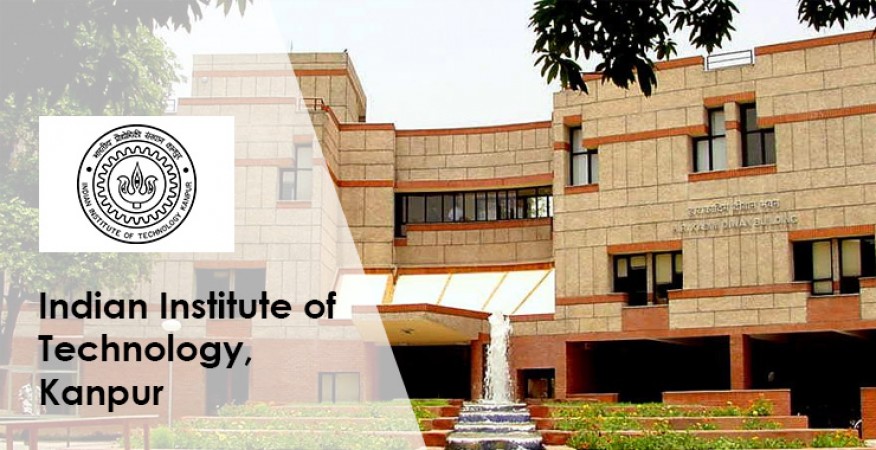
The IIT says as per its model, the cases will come down to 400 by the end of May, before falling further to 183 by mid-June. Modelling done by IIT Kanpur holds out a ray of hope.
On May 9, Chandigarh reported 895 new positive cases, the highest since the pandemic started, with the total number of active cases hovering around the 8,511 mark.
PGIMER Director Professor Jagat Ram had then noted that the disease had reached its peak in the city, and we hopefully may see a slow slide in cases after May 15. On May 11, Chandigarh reported 787 cases, on May 12, the number was down to 776 cases, and on May 13, there were 760 cases. On May 14, the number further reduced to 650 cases, on May 15 it fell to 625 cases and May 16 it was 664 cases.
On Monday, Chandigarh saw 620 cases, with the active case count being 7,382, an approximate 14 per cent decrease in daily cases since the previous week. But the doctors said that it is too early to say that the curve has flattened, and we have to be cautious as the positivity rate still hovered around the 20 per cent mark. In fact, on May 13, in a press conference in Delhi, Joint Secretary Lav Agarwal mentioned how Chandigarh was among the 10 states in the country where the Covid-19 positivity rate was more than 25 per cent.
Director Health Services Dr Amandeep Kang, when asked about the IIT model, told The Indian Express that though the number of cases is falling, a lot will depend on people following Covid protocol.
Restrictions vital for reducing Covid spread
“The curbs in place have certainly made a difference and people are also exercising caution due to the disturbing visuals coming from Delhi and other places. Together these make people follow Covid protocol."
Kang said she was concerned that once the restrictions eased, people will again lower their guard. "People should continue to follow Covid protocol even after the curbs are eased. I am if the opinion that only essential activities should be allowed and cinema halls etc shouldn’t be allowed to open."
According to the IIT Kanpur computation, by May 31, the number of cases will decline to half at around 426. If this fall continues, the Covid case count in the city will go down to 183 by June 15. The IIT model had pegged at 837 the number of Covid cases on May 9 but the actual case count was higher at 843.
More than the case count, what is worrying experts is the high death toll. On Sunday and Monday alone, the city saw 16 deaths.
Dr Amandeep Kang said it’s been observed in the past too that the death numbers remain the same two to three weeks after the cases peak. “The death count falls more gradually."
The whole idea of a lockdown or curfew, points out Professor Rakesh Kochhar of PGI, is to break the cycle of infection and lead to lesser person-to-person transmissions, which he says is happening slowly. "Extending restrictions is a good step, and will go a long way in reducing the rate of infection, as we have seen across the world, and will also enable us to consolidate the gains,” he said.
With about 600 to 700 daily cases still being reported from the district, experts say that if these people are allowed to mingle, they may infect more people. With extended restrictions, however, the number will come down gradually. “Putting in restrictions was the only solution, even though it may not be economically viable. This will decrease the load of infection, the pressure on hospitals, and lead to better care for those who are admitted.”
On vaccination, he says: “We need to achieve state immunity through vaccination. In the UK and the US, at least 50 per cent of the population have been vaccinated with one dose, and the rate of transmission has come down drastically.”
Patients and their relatives staged a protest and blocked, demanded more Covid-19 tests
MP Health Minister claims unpreparedness regarding second wave of coronavirus
Health ministry releases list of blood clot symptoms after taking Covishield